Off-Axis Parabolic Mirror Selection Guide
Introduction to Off-Axis Parabolic Mirrors
Parabolic mirrors have the ability to focus collimated light without introducing spherical aberration. An Off-Axis Parabolic (OAP) mirror is simply a side section of a parent parabolic mirror (Figure 1). Collimated light that is incident to an OAP mirror is focused to a point. However, unlike a centered parabolic mirror, an OAP mirror has an advantage in that it allows more interactive space around the focal point without disrupting the beam as shown in Figure 2.
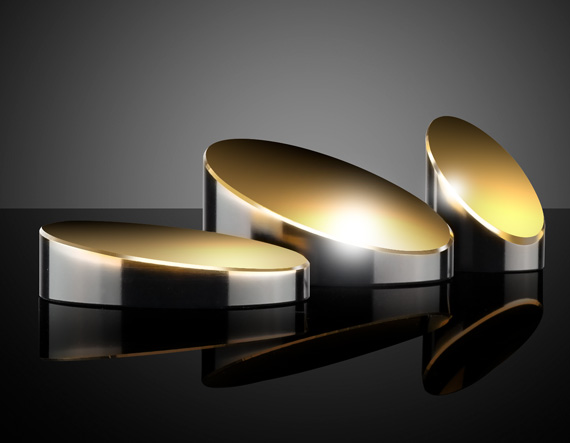
Figure 1: Gold-coated off-axis parabolic mirrors
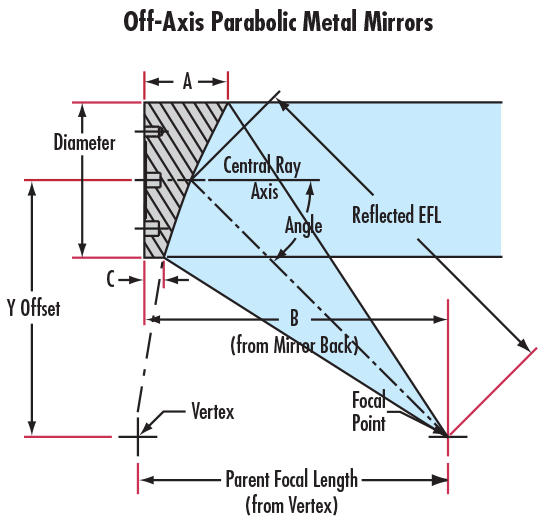
Figure 2: Schematic of an OAP showing how their unique shape lets the focal point of the mirror be accessible
Depending on which section of a parabolic shape an OAP mirror is replicating, the angle between the focal point and the central ray axis can be large or small. Figure 3 represents this phenomenon by modeling a 15° and 45° off axis mirror respectively. Note: It is important to keep the incident beam parallel to the optical axis, any angular displacement will produce comatic aberration.
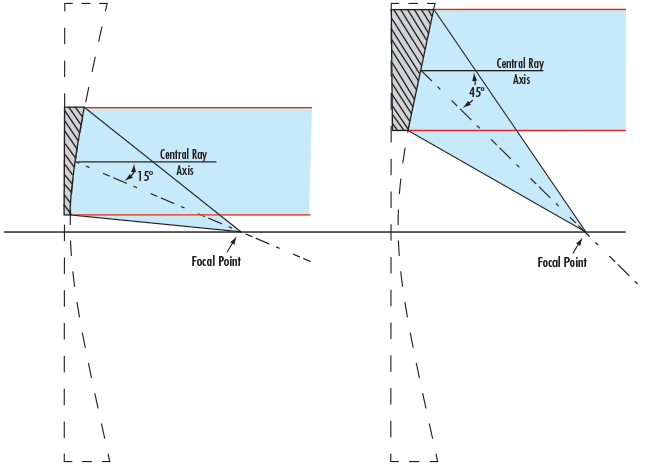
Figure 3: Diagrams of 15° and 45° OAP mirrors
OAP Mirror Coatings
Edmund Optics offers off-axis parabolic mirrors with a wide variety of coating options off-the-shelf and available for immediate shipping (Figure 4). Fully custom design and manufacturing is also available.
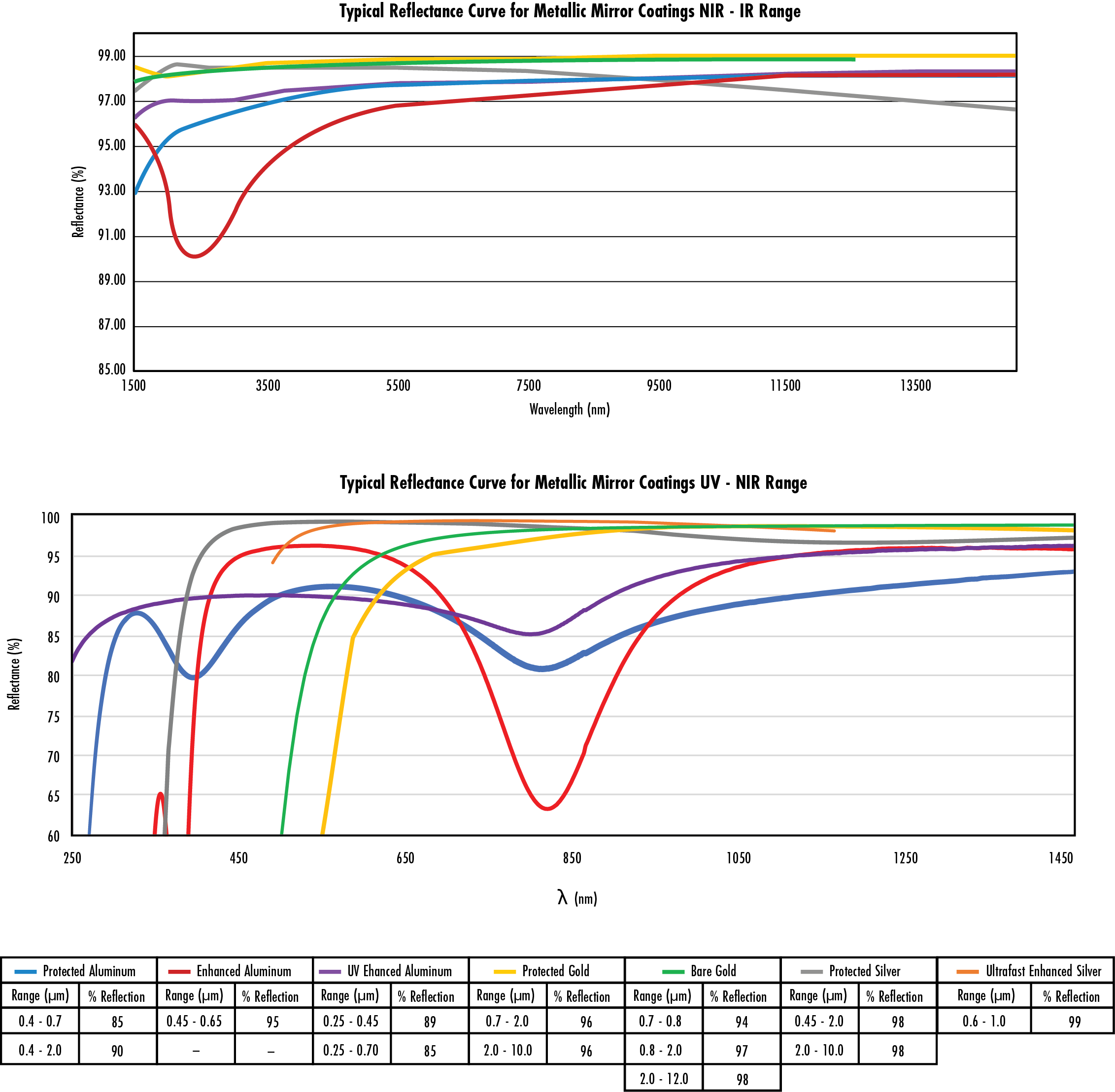
Figure 4: Reflectance curves for OAP mirror coating options
Impact of Surface Roughness on Performance
Surface roughness describes high spatially frequency errors on optical surfaces. It impacts how much light is unintentionally scattered off of the surface into different directions (Figure 5). This deviation from the ideal surface shape is often measured in Angstroms (Å) and Edmund Optics® OAPs are specified as having either <50Å or <100Å RMS surface roughness. You can learn in our Roughness of Diamond Turned Off-Axis Parabolic Mirrors application note.
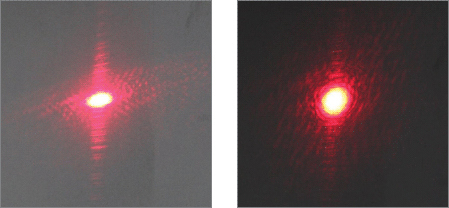
Figure 5: Typical scatter profiles showing that standard-grade OAPs (left) result in more scattered light while comparable TECHSPEC® 50Å OAPs (right) reduce the amount of unwanted scatter
OAP Mirror Selection Guide
The following selection guide provides helpful information detailing the various OAP mirror options available from Edmund Optics®.
| TECHSPEC® Off-Axis Parabolic Mirrors | |||||
|---|---|---|---|---|---|
| Coating Options | Offset Angle Options | Surface Roughness Options | Alignment Through Holes Included | Designed for Ultrafast Laser Pulses | |
| Gold OAPs | Bare and Protected Gold Ravg ≥94% @ 700 - 800nm Ravg ≥97% @ 800 - 2,000nm Ravg ≥98% @ 2,000 - 12,000nm |
15°, 30°, 45°, 60°, and 90° | <50Å and <100Å | No | No |
| Aluminum OAPs | Protected Aluminum Ravg ≥85% @ 400 - 700nm Ravg ≥97% @ 2,000 - 12,000nm Enhanced Aluminum Ravg >89% @ 250 - 450nm Ravg >85% @ 250 - 700nm |
15°, 30°, 45°, 60°, and 90° | <50Å and <100Å | No | No |
| Silver OAPs | Protected Silver Ravg ≥98% @ 2,000 - 12,000nm |
90° | <100Å | No | No |
| Laser Line OAPs | Laser Line Coatings >99.5% Reflectivity at Nd:YAG Design Wavelengths |
90° | <50Å | No | No |
| Ultrafast-Enhanced Silver OAPs | Ultrafast-Enhanced Silver Ravg >99% @ 600 - 1000nm, 0° Rs >99% @ 540 - 1000nm, 45° Rp >98.5% @ ~730 - 870nm, 45° |
90° | <50Å | No | Yes, low group delay dispersion of 0 ±20fs2 @ 600 - 1050nm |
| OAPs with Alignment Through Holes | Enhanced Aluminum, Protected Aluminum, and Protected Gold | 90° | <50Å | Yes | No |
Table 1: Comparison of the different off-the-shelf OAPs available from Edmund Optics
Custom OAP Capabilities
Edmund Optics® engineers design and diamond turn custom OAPs, off-axis elliptical mirrors, and other optics. Watch the video below to learn about our in-house diamond turning and visit the link below to learn more and get a quote.
















or view regional numbers
QUOTE TOOL
enter stock numbers to begin
Copyright 2024, Edmund Optics Singapore Pte. Ltd, 18 Woodlands Loop #04-00, Singapore 738100
California Consumer Privacy Acts (CCPA): Do Not Sell or Share My Personal Information
California Transparency in Supply Chains Act
The FUTURE Depends On Optics®